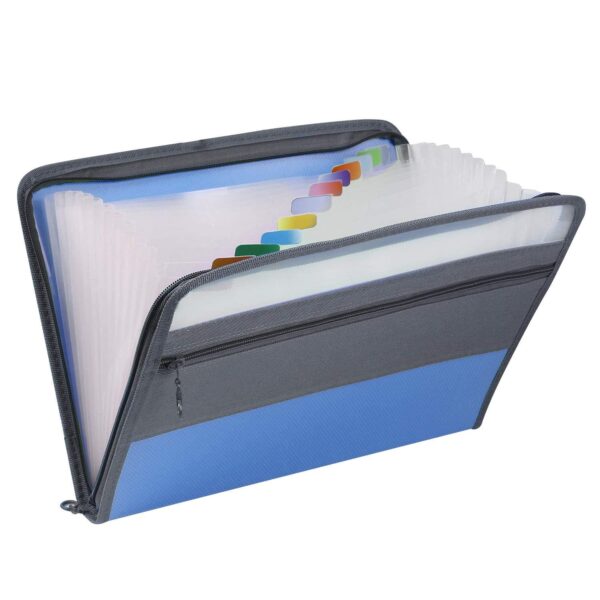Description
Teaching Assistants: Chunghyun Park, Kanghee Lee, Seungjoo Shin, Dongmin You
0. Basic instruction
Please refer to the instruction document, “DataStructure_PA_instructions.pdf”.
>> g++ -std=c++11 -o pa1.exe pa1.cpp utils.cpp
1. Asymptotic analysis (1 pts)
a. Choose the TIGHT bound of the following arraySum function.
b. arraySum
Input: An integer n >= 1, an array A storing n integers
Output: Sum of the given array A
1. O(1)
2. O(n)
3. O(n log (n)) 4. O(n^2)
c. Example output: If you choose O(1), then print 1
2. Asymptotic analysis (1 pts)
a. Choose the TIGHT bound of the following primeSearch function.
b. primeSearch
Input: An integer n >= 1
Output: The total number of prime numbers less than n
1. O(log (n))
2. O(n log (n))
3. O( )
4. O(n )
c. Example output: If you choose O(log (n)), then print 1
3. List (4 pts)
a. Implement a function that can insert or delete an integer into the list. An user can insert or delete an element at the specific index. If the specified index is out of range of the given list, print “error”.
b. Input & Output
Input: Sequence of commands, which is one of the following,
– (‘insert’, index): insert “# of elements in the current list” at the index in the list. index indicates zero-based index.
– (‘delete’, index): delete an element at the index in the list.
index indicates zero-based index.
Output:
– An array after insertion/deletion in a string separated with the spacebar – “error” if the index is out of range
c. Example input & output
Input Output
[(‘insert’,0),(‘insert’,1),(‘insert’,2)] 0 1 2
[(‘insert’,0),(‘insert’,0),(‘insert’,1)] 1 2 0
[(‘insert’,0),(‘insert’,1),(‘delete’,0)] 1
[(‘insert’,0),(‘delete’,1)] error
[(‘insert’,1)] error
[(‘insert’,0),(‘insert’,1),(‘delete’,0),
(‘insert’,1),(‘insert’,0)] 2 1 1
d. Example execution
4. Stack (3 pts)
a. Implement a function that prints the top values of the stack when “top” operation is called after the sequence of “push” or “pop” operations. If the “top” operation is called for an empty stack, print “-1”, If “pop” operation is called for an empty stack, print “error”
b. Input & Output
Input: Sequence of commands, which is one of the following,
– (‘push’,integer): push integer into the current stack (integer is always positive)
– (‘pop’,NULL): pop the top value of the current stack (this operation will print nothing)
– (‘top’,NULL): print the top value of the current stack (print ‘-1’ if the current stack is empty) Output:
– Expected printed values after processing the whole sequence, in a string separated with the spacebar
– “error” if the pop operation is executed on an empty stack
c. Example Input & Output
Input Output
[(‘push’,5),(‘push’,3),(‘top’,NULL)] 3
[(‘push’,3),(‘top’,NULL),(‘pop’,NULL),
(‘push’,5),(‘top’,NULL)] 3 5
[(‘push’,5),(‘pop’,NULL),(‘top’,NULL)] -1
[(‘pop’,NULL)] error
[(‘pop’,NULL),(‘push’,5),(‘top’,NULL)] error
d. Example execution
>> ./pa1.exe 4 “[(‘push’,3),(‘top’,NULL),(‘pop’,NULL), (‘push’,5),(‘top’,NULL)]”
[Task 4]
3 5
5. Queue (3 pts)
a. Implement a function that shows the value of a queue after a sequence of arbitrary queue operations. If the queue after the operations is empty, print “empty”. If “dequeue” operates on an empty queue, print “error”.
b. Input & Output
Input: Sequence of commands, which is one of the following,
– (‘enqueue’,integer): enqueue integer into the current queue
– (‘dequeue’,NULL): dequeue from the current queue Output:
– Values in the queue from the front to the rear, in a string separated with the spacebar
– “empty” if the queue is empty
– “error” if the “dequeue” operation is executed on an empty queue
c. Example Input & Output
Input Output
[(‘enqueue’,5),(‘enqueue’,3),(‘dequeue’,NUL
L)] 3
[(‘enqueue’,5),(‘enqueue’,3),(‘dequeue’,NUL
L),(‘enqueue’,5)] 3 5
[(‘enqueue’,3),(‘dequeue’,NULL)] empty
[(‘enqueue’,5),(‘dequeue’,NULL),(‘dequeue’,
NULL)] error
d. Example execution
6. Circular Queue (3 pts)
a. Implement a function that shows the values in a circular queue with a counter. If “enqueue” is called for an already full queue or the “dequeue” operation is called for an empty queue, there should be no changes to the queue. The maximum number of elements (n) in the queue is four.
b. Input & Output
Input: Sequence of commands, which is one of the following,
– (‘enqueue’,integer): enqueue integer into the current queue
– (‘dequeue’,NULL): dequeue from the current queue
Output
– Values in the circular queue (mod size n = 4), from the front to the rear.
String separated with the spacebar, empty memory shows NULL
– No pointer movement if dequeue applied on an empty queue or enqueue applied on a full queue
c. Example input & output
Input Output
[(‘enqueue’,5),(‘enqueue’,3),(‘dequeue’,NULL)] 3
[(‘enqueue’,5),(‘enqueue’,3),(‘dequeue’,NULL),
(‘enqueue’,6)] 3 6
[(‘enqueue’,3),(‘dequeue’,NULL)]
[(‘enqueue’,5),(‘dequeue’,NULL),(‘enqueue’,3),
(‘enqueue’,6),(‘enqueue’,9),(‘enqueue’,1),
(‘dequeue’,NULL),(‘dequeue’,NULL),
(‘enqueue’,7),(‘enqueue’,2)] 9 1 7 2
d. Example execution




Reviews
There are no reviews yet.